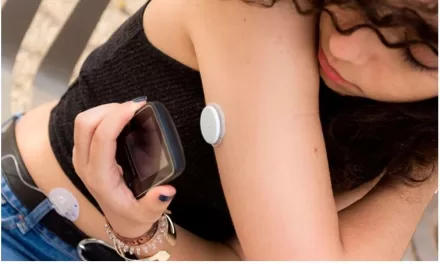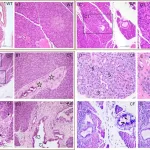In a breakthrough discovery, researchers at Goethe University Frankfurt and Kiel University have unveiled a cutting-edge sensor capable of swiftly detecting bacteria with unparalleled accuracy. This novel sensor, built on an innovative chip design with a specialized surface coating, promises to revolutionize bacterial detection methods, offering a swift and reliable solution for identifying harmful microorganisms.
Bacterial infections pose a significant global health threat, claiming millions of lives annually. Detecting these pathogens is crucial not only for diagnosing diseases but also for ensuring food safety and public health. However, existing detection methods are often cumbersome, expensive, and require specialized equipment and expertise. Moreover, they struggle to differentiate between active bacteria and their inactive remnants.
The newly developed sensor overcomes these limitations by selectively detecting intact bacteria, offering a highly sensitive and specific detection solution. Central to its design is the utilization of an artificial glycocalyx coating on the chip’s surface, meticulously crafted to mimic the sugar molecule structure found on specific host cells targeted by pathogens.
Professor Andreas Terfort from the Institute of Inorganic and Analytical Chemistry at Goethe University Frankfurt explains, “We coated our chip with an artificial glycocalyx tailored to mimic the surface of host cells typically infected by the targeted bacterium, such as Escherichia coli (E. coli) in our study. This selective coating ensures that only the desired bacteria adhere to the sensor.”
E. coli, known for its multiple short arms called pili, uses these appendages to recognize and adhere to host cells’ glycocalyx. Sebastian Balser, the study’s first author and a doctoral researcher under Professor Terfort, elaborates, “The bacteria’s pili bind to the sensor’s surface, allowing them to securely attach. Meanwhile, bacteria lacking the specific pili structure slide off, ensuring that only the targeted E. coli strain is retained.”
To validate the sensor’s efficacy, the researchers conducted experiments mixing targeted E. coli pathogens with harmless bacteria at various concentrations. Remarkably, the sensor accurately detected even trace amounts of the harmful microorganisms, with signal strength correlating directly with bacterial concentration.
“This study represents a significant milestone in bacterial detection technology,” remarks Professor Terfort. “Our sensor offers rapid and reliable detection of pathogens, with potential applications in regions lacking sophisticated laboratory facilities.”
The findings, documented in a recent paper, lay the foundation for future research aimed at validating the sensor’s real-world applications. By harnessing the power of innovative sensor technology, the research team aims to address critical challenges in bacterial detection, ultimately advancing public health and safety initiatives worldwide.










